The climbing shoes market is experiencing significant growth, driven by the increasing popularity of climbing sports and the continuous innovation by key market players. This article delves into the market trends, key players, and regional preferences shaping the climbing shoes industry.
Table of Contents:
Market Overview
Innovative Materials and Textures
Design and Functionality
Comfort and Fit
Durability and Quality
Conclusion
Market Overview
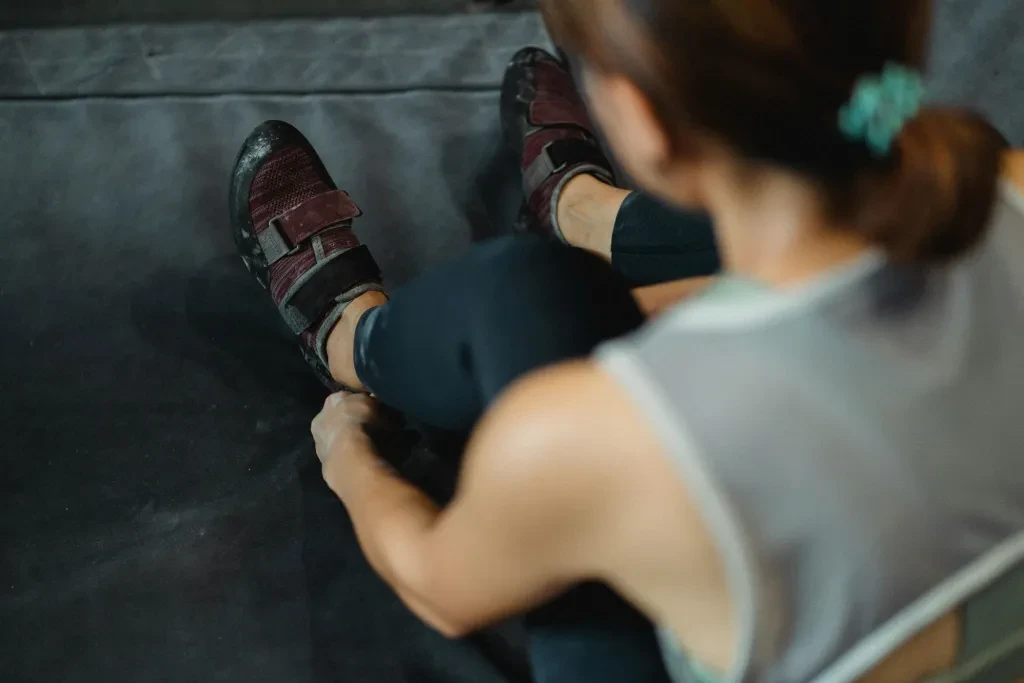
Growing Popularity of Climbing Sports
The popularity of climbing sports has surged in recent years, contributing to the growth of the climbing shoes market. According to Research and Markets, the global women’s rock climbing clothing market, which includes footwear, was valued at USD 520.61 million in 2023 and is expected to reach USD 884.56 million by 2030, growing at a CAGR of 7.86%. This growth is indicative of the increasing number of individuals participating in climbing activities, both recreationally and competitively.
The rise in climbing gyms and outdoor climbing spots has made the sport more accessible to a broader audience. Additionally, the inclusion of climbing in the Olympics has further boosted its popularity, attracting new enthusiasts and increasing the demand for specialized climbing gear, including shoes.
Key Market Players and Their Influence
Several key players dominate the climbing shoes market, each contributing to the industry’s growth through innovation and strategic initiatives. Companies such as Adidas AG, Arc’teryx Equipment Inc., and SCARPA NA, Inc. are at the forefront of this market. These companies are known for their high-quality products and continuous efforts to enhance their offerings through research and development.
Adidas AG, for instance, has been focusing on incorporating advanced materials and technologies into their climbing shoes to improve performance and comfort. Arc’teryx Equipment Inc. is renowned for its ergonomic designs that cater to various climbing styles, ensuring that climbers have the best possible experience. SCARPA NA, Inc. has been a pioneer in developing eco-friendly climbing shoes, addressing the growing consumer demand for sustainable products.
Regional Market Trends and Preferences
The climbing shoes market exhibits distinct regional trends and preferences, influenced by cultural factors, climate, and the availability of climbing facilities. North America, Europe, and Asia-Pacific are the leading regions in this market, each with unique characteristics.
In North America, the United States is the largest market for climbing shoes, driven by a strong climbing culture and a high number of climbing gyms. The region’s preference for high-performance and durable climbing shoes is evident, with consumers willing to invest in premium products.
Europe, particularly countries like Germany, France, and the United Kingdom, also shows a robust demand for climbing shoes. The region’s rich climbing history and the presence of numerous outdoor climbing spots contribute to this demand. European consumers tend to favor shoes that offer a balance between performance and comfort, suitable for both indoor and outdoor climbing.
Asia-Pacific is an emerging market for climbing shoes, with countries like China, Japan, and South Korea leading the way. The growing interest in climbing sports, coupled with increasing disposable incomes, is driving the demand for climbing shoes in this region. Consumers in Asia-Pacific are increasingly looking for innovative and stylish climbing shoes that cater to their specific needs.
Innovative Materials and Textures
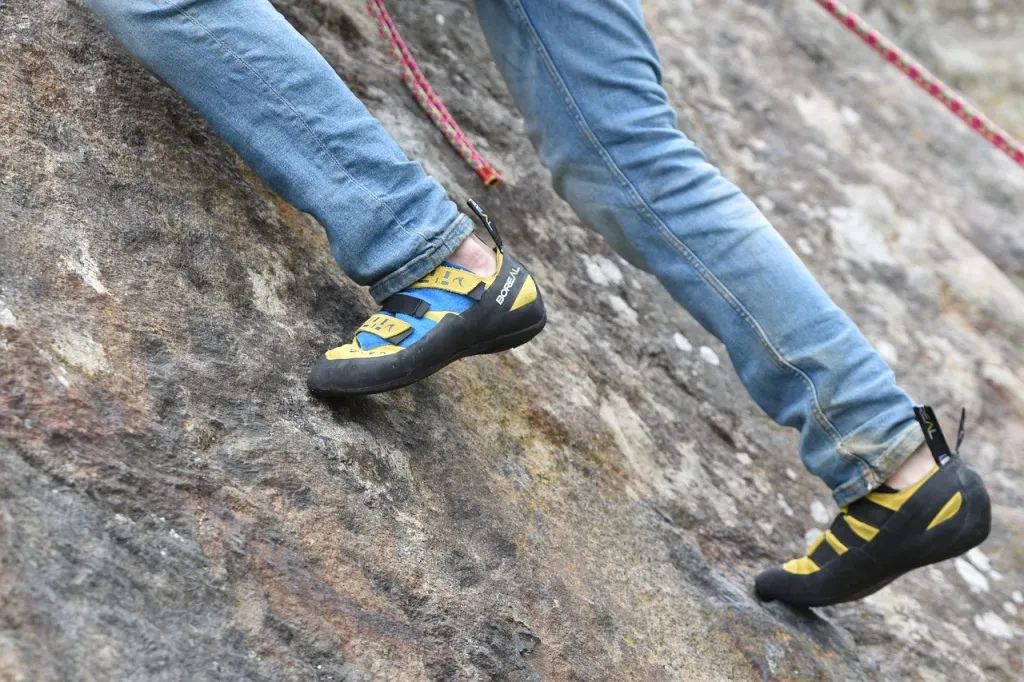
The Rise of Synthetic Materials
In recent years, the climbing shoe industry has seen a significant shift towards the use of synthetic materials. This transition is driven by the need for enhanced performance, durability, and sustainability. Synthetic materials, such as microfiber and synthetic leather, offer several advantages over traditional leather. They are generally lighter, more breathable, and less prone to stretching over time. This ensures that the shoes maintain their shape and fit, providing consistent performance throughout their lifespan.
According to the “Best Rock Climbing Shoes for Beginners of 2024” report, synthetic materials are particularly beneficial for gym climbing shoes, which require frequent use and need to withstand the rigors of indoor climbing walls. The Evolv Defy, for example, utilizes synthetic materials to provide a comfortable and durable option for beginners.
Eco-Friendly and Sustainable Options
As environmental concerns become increasingly important, the climbing shoe industry is also embracing eco-friendly and sustainable materials. Brands are now focusing on reducing their carbon footprint by using recycled materials and environmentally friendly manufacturing processes. This shift not only helps in preserving the environment but also caters to the growing demand from consumers for sustainable products.
One notable example is the use of recycled rubber in the soles of climbing shoes. This not only reduces waste but also provides excellent grip and durability. Additionally, some brands are experimenting with biodegradable materials for the upper parts of the shoes, further enhancing their sustainability credentials.
Enhanced Grip and Friction Technologies
Grip and friction are critical factors in climbing shoe performance. Advances in rubber technology have led to the development of specialized rubber compounds that offer superior grip and durability. For instance, Vibram’s XS Grip 2 and XS Edge are renowned for their stickiness and durability, making them popular choices for both indoor and outdoor climbing.
Beginners are advised to opt for shoes with thicker rubber soles (4mm and up) to ensure durability while they develop their climbing skills. The report also mentions that different rubber compounds prioritize either grip or durability, and climbers should choose based on their specific needs.
Design and Functionality
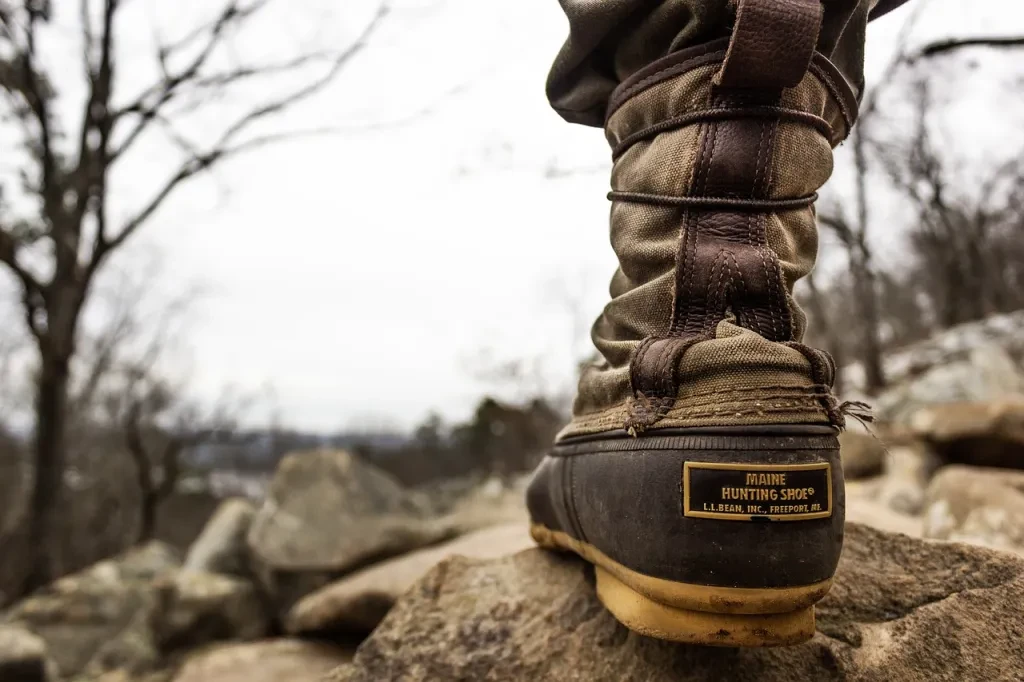
Ergonomic and Anatomical Designs
Modern climbing shoes are designed with ergonomics and anatomical considerations in mind. This means that the shoes are crafted to fit the natural shape of the foot, providing better support and comfort. Ergonomic designs help in reducing foot fatigue and improving overall climbing performance.
Specialized Shoes for Different Climbing Styles
Climbing shoes are now highly specialized, with different designs catering to various climbing styles. For instance, shoes designed for bouldering are typically softer and more flexible, allowing climbers to feel the holds better and perform dynamic movements. On the other hand, shoes for trad climbing are stiffer and provide better support for long routes and crack climbing.
Gym climbers might prefer shoes with Velcro closures or slip-on designs for easy on and off, while outdoor climbers might opt for lace-up shoes for a more secure fit. The Scarpa Force and La Sportiva models are recommended for their edging capabilities and overall performance in outdoor settings.
The Role of Advanced Lacing Systems
Lacing systems play a crucial role in the fit and functionality of climbing shoes. Advanced lacing systems allow for a customizable fit, ensuring that the shoes stay secure during climbs. This is particularly important for trad climbing, where a secure fit can make a significant difference in performance and safety.
The “Best Rock Climbing Shoes for Beginners of 2024” report highlights the benefits of lace-up shoes for outdoor climbing, especially for those who plan to stick their feet in cracks. The ability to adjust the fit precisely can enhance comfort and performance, making lace-up shoes a preferred choice for many climbers.
Comfort and Fit
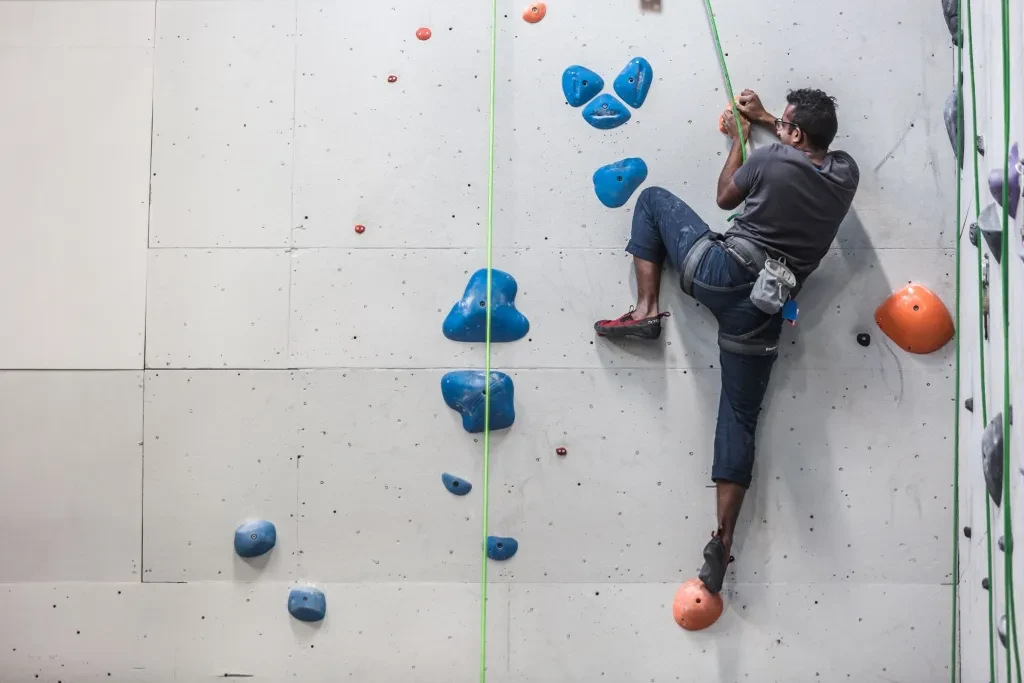
Importance of Proper Sizing
Proper sizing is crucial for climbing shoes, as an ill-fitting shoe can lead to discomfort and poor performance. Beginners are often advised to choose shoes that are snug but not painfully tight. Over time, the shoes will stretch slightly and conform to the shape of the foot, providing a better fit. The report mentions that slip-on shoes require more downsizing to achieve a proper fit, which can result in an uncomfortable break-in period. However, once broken in, these shoes offer a sock-like fit that is highly comfortable.
Customizable Fit Options
Customizable fit options, such as adjustable lacing systems and Velcro closures, allow climbers to fine-tune the fit of their shoes. This is particularly important for achieving the right balance between comfort and performance. Shoes with advanced lacing systems, like the Scarpa Veloce, provide a highly adjustable fit, making them suitable for a wide range of foot shapes and sizes.
Balancing Performance and Comfort
Balancing performance and comfort is essential for climbers, especially beginners. While high-performance shoes might offer better precision and grip, they can be uncomfortable for extended use. Beginners should look for shoes with a moderately stiff midsole to provide adequate support while still allowing for some flexibility. This balance ensures that climbers can develop their skills without compromising on comfort.
Durability and Quality
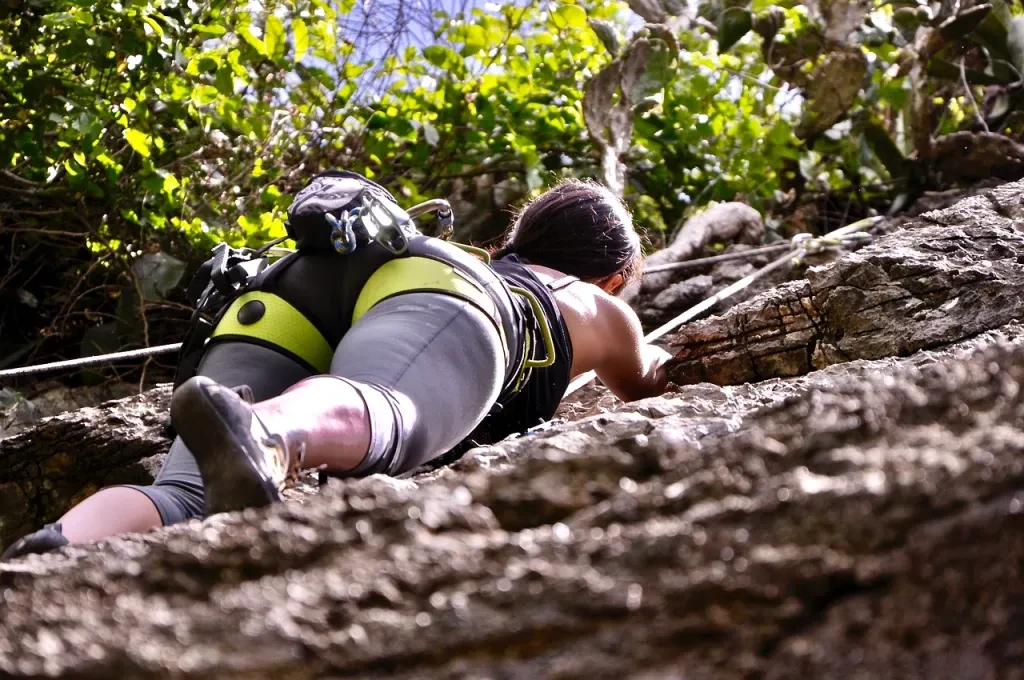
High-Quality Construction Techniques
High-quality construction techniques are vital for the durability and performance of climbing shoes. Brands are now using advanced manufacturing processes to ensure that their shoes can withstand the rigors of climbing. This includes the use of durable materials, reinforced stitching, and high-quality rubber compounds. Shoes like the La Sportiva Tarantulace, with its thick outsole and durable FriXion rubber, are recommended for their longevity and performance.
Longevity and Wear Resistance
Longevity and wear resistance are critical factors for climbing shoes, as they are subjected to significant wear and tear. Shoes with thicker rubber soles and durable uppers are more likely to last longer, providing better value for money. Beginners should prioritize durability over outright performance, as they will go through a lot of rubber while learning proper footwork. Shoes with a thicker sole, like the Butora Neo Fuse, offer a good balance of durability and grip.
Brand Reputation and Consumer Trust
Brand reputation and consumer trust play a significant role in the climbing shoe market. Established brands with a history of producing high-quality shoes are often preferred by climbers. These brands have built a reputation for reliability, performance, and customer service. Brands like La Sportiva, Scarpa, and Five Ten are well-regarded in the climbing community for their high-quality products and innovative designs. Choosing shoes from reputable brands can provide peace of mind and ensure a better climbing experience.
Conclusion
The climbing shoe industry continues to evolve, with innovations in materials, design, and functionality driving the market forward. As climbers seek better performance, comfort, and sustainability, brands are responding with advanced technologies and eco-friendly options. Whether you are a beginner or an experienced climber, the right pair of shoes can make a significant difference in your climbing journey. As we look to the future, we can expect even more advancements that will enhance the climbing experience and support the growing community of climbers worldwide.
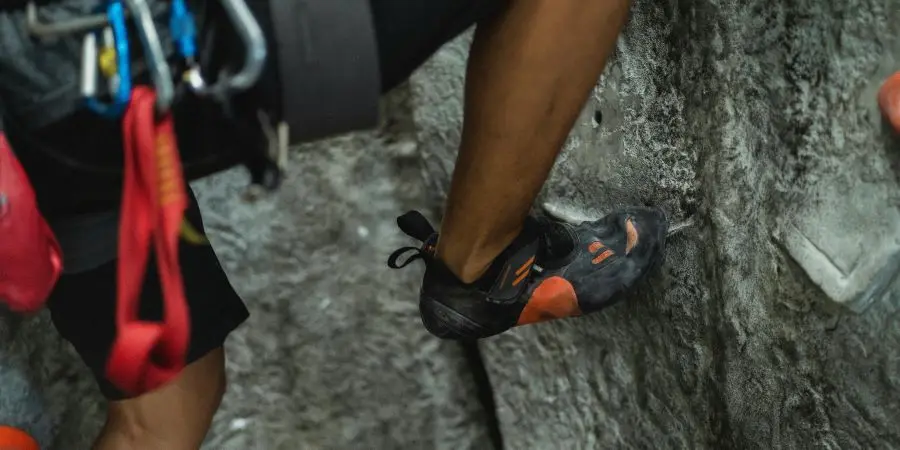




 Afrikaans
Afrikaans አማርኛ
አማርኛ العربية
العربية বাংলা
বাংলা Nederlands
Nederlands English
English Français
Français Deutsch
Deutsch हिन्दी
हिन्दी Bahasa Indonesia
Bahasa Indonesia Italiano
Italiano 日本語
日本語 한국어
한국어 Bahasa Melayu
Bahasa Melayu മലയാളം
മലയാളം پښتو
پښتو فارسی
فارسی Polski
Polski Português
Português Русский
Русский Español
Español Kiswahili
Kiswahili ไทย
ไทย Türkçe
Türkçe اردو
اردو Tiếng Việt
Tiếng Việt isiXhosa
isiXhosa Zulu
Zulu